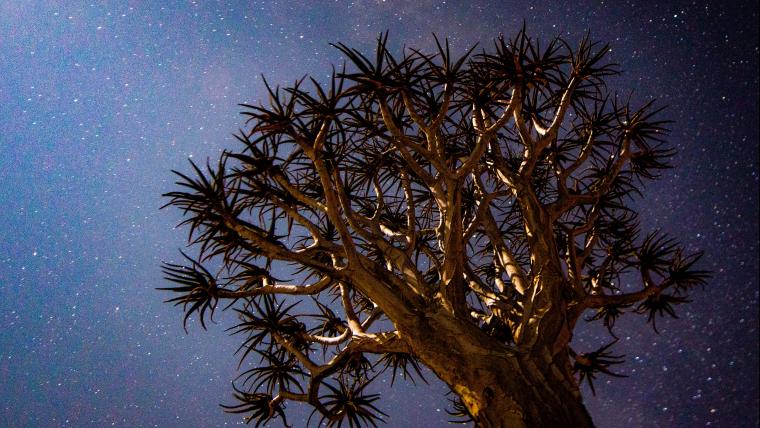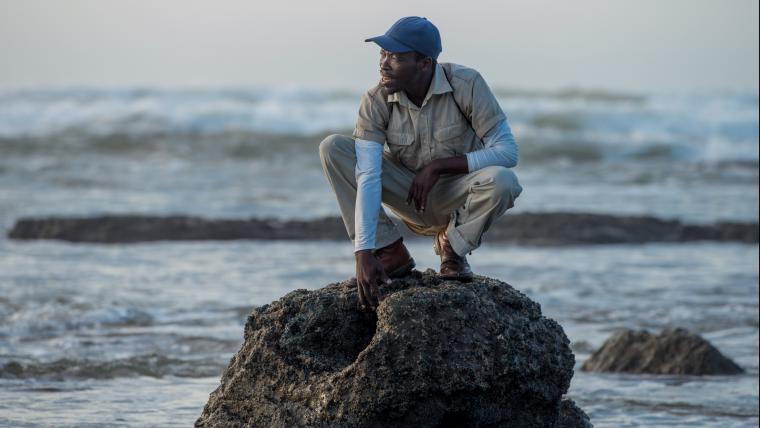
The rich life of a seemingly desolate land
Stark, striking, and seemingly desolate. The Richtersveld is a barren land interrupted only by the occasional village. Scarred mountains bear signs of an enormous pressure. And the trees? They’re unlike anything else. What appears to be a vast stretch of dust is actually one of South Africa’s most extraordinary regions. Yet few journey to this remote Northern Cape desert. For those that do, expect to find a place rich in life.
Spanning 160 000 hectares, the Richtersveld Cultural and Botanical Landscape is significant both to our past and future. This World Heritage Site is a stronghold of Nama communities. Centuries of colonialism, and later apartheid, eroded much of their Khoikhoi heritage. But remnants of Nama culture have endured, likely due to the isolation of the Richtersveld.
In the town of Kuboes, people continue to build rush-mat huts. Their language lives on, as does the Nama Stap, a traditional dance. The community pursue an ancient pastoralist way of life in this region, moving their livestock between fields according to the season. This method is believed to be what sustains the natural wealth of the Richtersveld.
Although it’s difficult to imagine anything can grow here. Temperatures soar to 50°C in the summer. Rain seldom falls. But this climate gives rise to distinct flora. Thousands of succulent species grow here. These plants have adapted to survive hostile conditions. They’re overshadowed by giant quiver trees. Also specific to the area is the halfmens plant. With silhouettes that resemble people, the tall succulents are named for their human-like appearance.
These legendary plants can be seen along the five-kilometre Halfmens Pass in the |Ai-|Ais/Richtersveld Transfrontier Park. The majority of the reserve, which crosses the South African and Namibian border, is accessible with 4x4. With off-road driving opportunities, campsites, and fly-fishing in the Orange River, there’s plenty to do here. The desert is also a site of natural and historical wonders. Near Sendelingsdrift, a rock formation resembles a giant handprint. The remarkable feature is known as the Hand of God. San petroglyphs are also found in this corner of the park. Dating back thousands of years, they offer a glimpse into a lost time.
Though it’s one of the most isolated corners of the country, the Richtersveld is a national treasure. Forgo any major towns along the R382 and instead travel to a place essential to our heritage.






























Please sign in to leave a comment